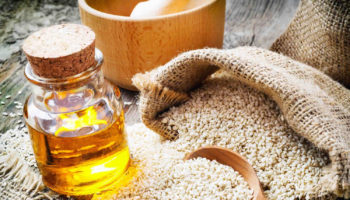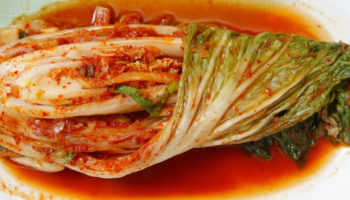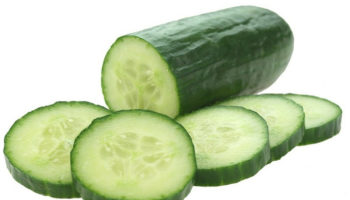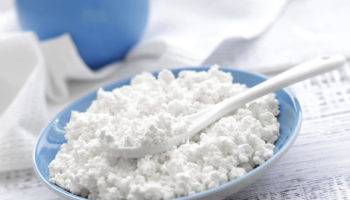What is bitter melon
Bitter melon (Momordica charantia) is a commonly consumed vegetable that is found throughout the sub-tropical world (China, India, Thailand, East Africa, The Caribbean, Central and South America) and is known by various names, such as balsam pear, bitter gourd, bitter squash, carilla, cerasee (wild variety), cundeamor, goo-fah, African cucumber and Karela 1. All parts of the plant, including the fruit, taste bitter 2. Hence, the fruits are usually cooked with different vegetables, stir-fried, stuffed or used in small quantities in soups or beans to give a slightly bitter flavor and taste. Several parts of bitter melon, including fruits, flowers, and young shoots, are used in various Asian dishes as a flavoring agent. The shoots and leaves of bitter melon are also cooked and consumed as vegetables and fruit extracts are also used in tea preparations 3. Bitter melon is also used as a vegetable in India and other Asian countries and as an ingredient in some kinds of curries.
Bitter melon is used traditionally for various stomach and intestinal disorders including gastrointestinal (GI) upset, ulcers, colitis, constipation, and intestinal worms 4, 5. Bitter melon is also used for diabetes, kidney stones, fever, a skin condition called psoriasis, and liver disease; to start menstruation; and as supportive treatment for people with HIV/AIDS 6, 7.
Topically, bitter melon is used for deep skin infections (abscesses) and wounds.
Figure 1. Bitter melon
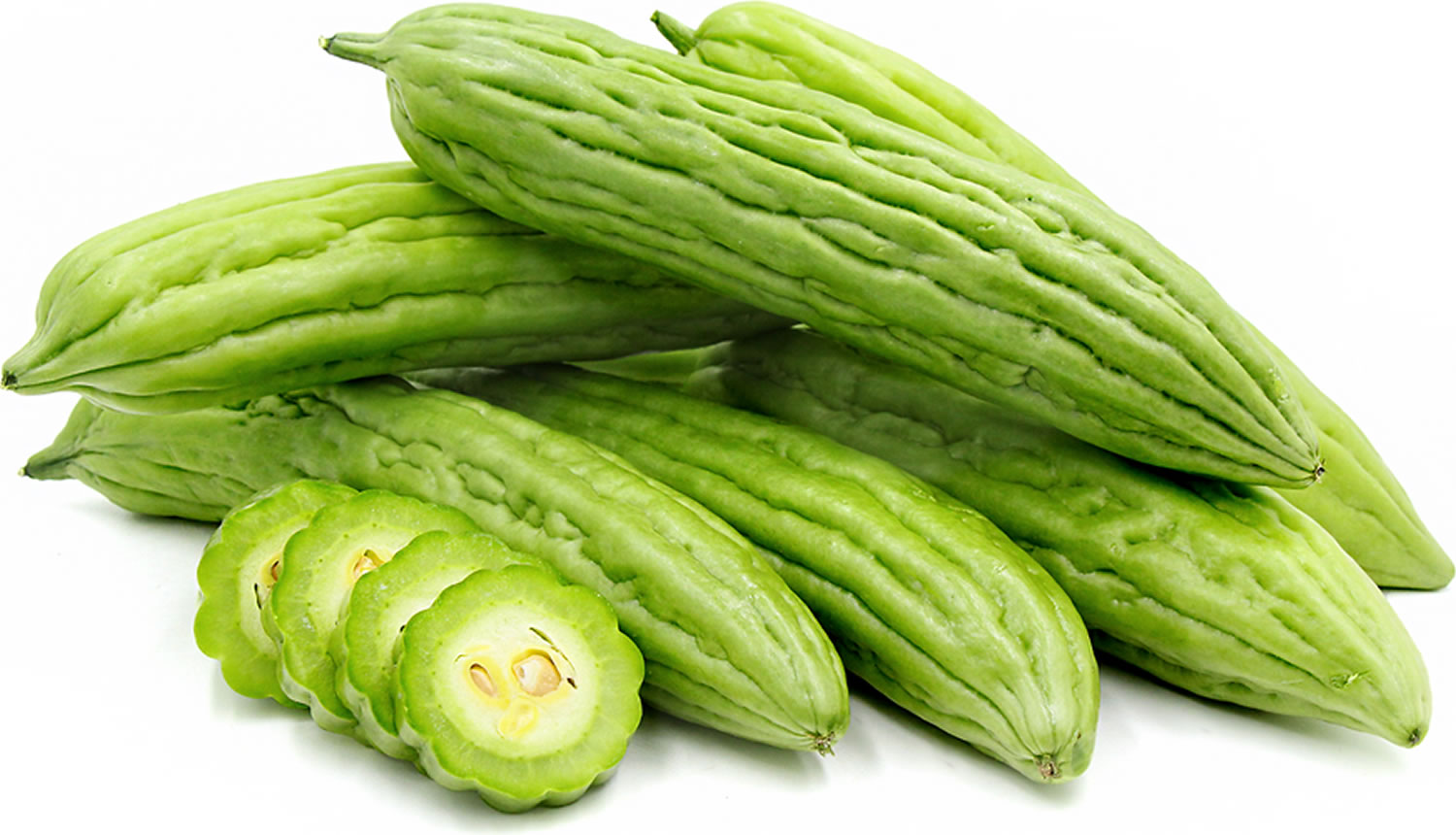
Bitter melon nutritional facts
The nutritional analysis has revealed that bitter melon fruits are a rich source of carbohydrates, proteins, vitamins, and minerals. Bitter melon possesses the highest nutritive value among cucurbits 8. The vitamin C content of Chinese bitter melon varies significantly (440–780 mg/kg edible portion), while variation in nutrient contents has been observed in bitter melon including carbohydrates, proteins, zinc, iron, calcium, magnesium, phosphorous, and ascorbic acid 9. The crude protein content of bitter melon fruits (11.4–20.9 g/kg) is higher than that of tomato and cucumber 10. The pulp around the seeds of the mature ripe fruit is a rich source of the carotenoid lycopene 11.
Table 1. Bitter melon nutritional facts
Nutrient | Unit | cup 47 g | Value per 100 g | ||||||||||||||||
|---|---|---|---|---|---|---|---|---|---|---|---|---|---|---|---|---|---|---|---|
| Approximates | |||||||||||||||||||
| Energy | kcal | 10 | 21 | ||||||||||||||||
| Protein | g | 0.00 | 0.00 | ||||||||||||||||
| Total lipid (fat) | g | 0.00 | 0.00 | ||||||||||||||||
| Carbohydrate, by difference | g | 2.00 | 4.26 | ||||||||||||||||
| Fiber, total dietary | g | 1.0 | 2.1 | ||||||||||||||||
| Sugars, total | g | 0.00 | 0.00 | ||||||||||||||||
| Minerals | |||||||||||||||||||
| Calcium, Ca | mg | 0 | 0 | ||||||||||||||||
| Iron, Fe | mg | 0.36 | 0.77 | ||||||||||||||||
| Sodium, Na | mg | 0 | 0 | ||||||||||||||||
| Vitamins | |||||||||||||||||||
| Vitamin C, total ascorbic acid | mg | 42.0 | 89.4 | ||||||||||||||||
| Vitamin A, IU | IU | 200 | 426 | ||||||||||||||||
| Lipids | |||||||||||||||||||
| Fatty acids, total saturated | g | 0.000 | 0.000 | ||||||||||||||||
| Fatty acids, total trans | g | 0.000 | 0.000 | ||||||||||||||||
| Cholesterol | mg | 0 | 0 | ||||||||||||||||
Bitter melon extract
At latest count, approximately 228 different compounds with possible medicinal properties, acting alone or in combination, have been isolated from bitter melon fruit, seeds, leaves, stems, pericaps, endosperm, callus tissues, and cotyledons 13. Among these, the most actively studied constituents shown to improve glycemic control include charatin, polypeptide-p, vicine, momordin, and similar derivatives (e.g., momordinol, momordicilin, momorcharin, momordicin) 14, 15. The medicinal value of bitter melon has been attributed to its high antioxidant properties due in part to phenols, flavonoids, isoflavones, terpenes, anthroquinones, and glucosinolates, all of which confer a bitter taste 16.
Bitter melon health benefits
Bitter melon has been studied for several decades because of its use as a food product and several traditional medical uses. Various extracts of bitter melon are studied for biological activities, including anti-oxidant 17, anti-diabetic 18, anti-cancer 19, anti-inflammatory 20, anti-bacterial 21, antifungal 22, anti-viral 23, anti-HIV 24, anti-helminthic 25, anti-mycobacterial 26, hypotensive 27, anti-obesity 28, immunomodulatory 29, anti-hyperlipidemic 30, hepatoprotective 31, and neuropro-tective 32 activities. Several chemical constituents such as cucurbitane type triterpenoids, cucurbitane type glycosides, triterpene saponins, phenolic, and flavonoid compounds, and some protein fractions have been isolated from bitter melon 33.
The effectiveness ratings for bitter melon (Momordica charantia) are as follows:
Insufficient evidence to rate effectiveness for:
- Diabetes. Research results so far are conflicting and inconclusive. Some studies show that bitter melon fruit, fruit juice, or extract improves glucose tolerance, reduces blood sugar levels, and lowers HbA1c (a measure of blood sugar control over time) in people with type 2 diabetes. However, these studies have some flaws. Other research has not been positive.
- Psoriasis.
- HIV/AIDS.
- Stomach and intestinal disorders.
- Kidney stones.
- Liver disease.
- Skin abscesses and wounds.
- Other conditions.
Clinical studies reported mostly lack appropriate study design and are inconclusive. More evidence is needed to rate the effectiveness of bitter melon for these uses.
Bitter melon and diabetes
The public have used different parts of bitter melon (Momordica charantia) including the leaves, the stem and mainly the green fruits or seeds to treat diabetes. Figure 2 shows the chemical structures of momocharin (1) and momordicin (2) which is believed to possess insulin-like chemical structure and properties. People eat the fruit raw, boil or cook the different parts or drink the pulp of the fruit as a juice. Over the years several scientists have tried to isolate the various active ingredient of bitter melon for commercial purpose.
Over the past 50 years, both basic and clinical studies have been done to determine the effect of bitter melon on the management of diabetes mellitus. Table 2 shows the effect of oral administration of bitter melon on human type 2 diabetes mellitus. They were administered with a hot water extract, concoction, the fruit, the fruit juice or the seeds 34. Of the five studies presented in Table 2, only two studies show no effect on type 2 diabetes mellitus patient 35, 36. However, overall, it remains controversial whether bitter melon has proven benefits in lowering blood sugar among pre-diabetics or aids in slowing the progression to diabetes 6. While the evidence to date, when examined as a whole, is suggestive of a possible beneficial effect, future clinical studies that meet rigorous methodological standards are warranted before attempts to establish clinical recommendations regarding the use of bitter melon for pre-diabetics and diabetics.
Figure 2. Chemical Structure of Bitter melon’s Momorcharin and Momorcidin

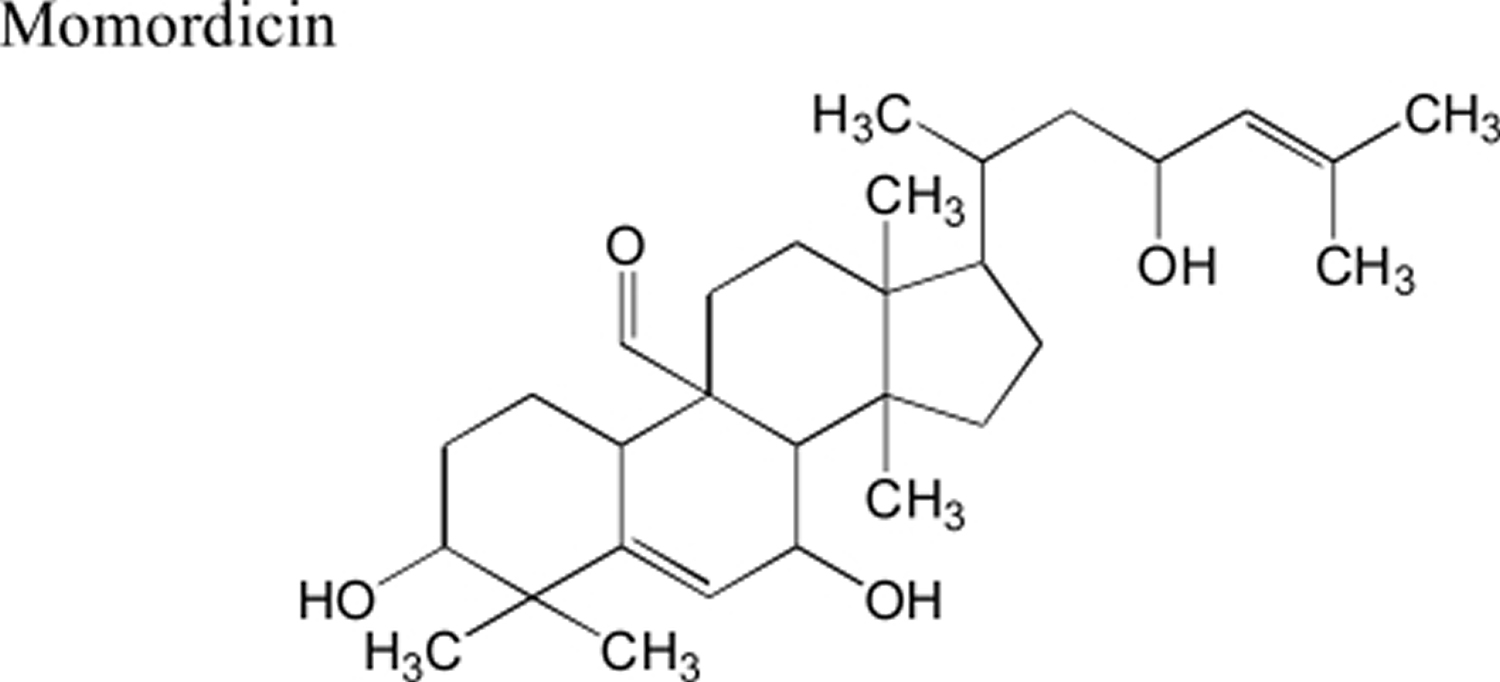
Table 2. Effects of Oral Administration of Bitter Melon on Type 2 Diabetes Mellitus
| Experimental Models | Parts of Plant used | Effects | References |
|---|---|---|---|
| Human (Type 2 Diabetes Mellitus) | Fruit juice/leaves | Beneficial | 37; 38 |
| Human (Type 2 Diabetes Mellitus) | Fruit juice | No effect | 35, 36 |
| Human (Type 2 Diabetes Mellitus) | Fruit powder | Beneficial | 39 |
What dose is used ?
The appropriate dose of bitter melon depends on several factors such as the user’s age, health, and several other conditions. At this time there is not enough scientific information to determine an appropriate range of doses for bitter melon. Keep in mind that natural products are not always necessarily safe and dosages can be important. Be sure to follow relevant directions on product labels and consult your pharmacist or physician or other healthcare professional before using.
Bitter melon side effects
Bitter melon fruit is POSSIBLY SAFE for most people when taken by mouth in the short-term 41. The safety of long-term use (beyond 3 months) is not known – the risk associated with the long-term use of bitter melon supplements have not been studied. There also is not enough information about the safety of consuming other parts of the bitter melon or applying bitter melon to the skin.
The most commonly observed adverse effects include mild diarrhea and abdominal pain, which subside after discontinuing use 42. However, bitter melon has been shown to potentiate the effect of certain drugs used to treat diabetes, possibly resulting in hypoglycemia 43. Rare cases of hypoglycemic coma and convulsions have been reported in children drinking bitter melon tea 44. A single case report has suggested that bitter melon may induce paroxysmal atrial fibrillation, based on a Naranjo adverse drug reaction score of 6 (corresponding to a probable causal association) 45. Bitter melon use also is contraindicated during pregnancy because of its abortifacient properties 46.
Special precautions & warnings
Pregnancy and breast-feeding: Bitter melon is LIKELY UNSAFE when taken by mouth during pregnancy. Traditionally, bitter melon has also been used as an abortifacient agent used to induce abortions. Therefore, pregnant women are advised to avoid consumption of the plant 47. Certain chemicals in bitter melon fruit, juice, and seeds can start menstrual bleeding and have caused abortion in animals. Not enough is known about the safety of using bitter melon during breast-feeding. Stay on the safe side and avoid use.
Diabetes: Bitter melon can lower blood sugar levels. If you have diabetes and take medications to lower your blood sugar, adding bitter melon might make your blood sugar drop too low. Monitor your blood sugar carefully.
Glucose-6-phosphate dehydrogenase (G6PD) deficiency: People with G6PD deficiency might develop “favism” after eating bitter melon seeds. Favism is a condition named after the fava bean, which is thought to cause “tired blood” (anemia), headache, fever, stomach pain, and coma in certain people. A chemical found in bitter melon seeds is related to chemicals in fava beans. If you have G6PD deficiency, avoid bitter melon.
Surgery: There is a concern that bitter melon might interfere with blood sugar control during and after surgery. Stop using bitter melon at least 2 weeks before a scheduled surgery.
Interactions with medications
Moderate – Be cautious with this combination.
Medications for diabetes (Antidiabetes drugs)
Bitter melon can decrease blood sugar levels. Diabetes medications are also used to lower blood sugar. Taking bitter melon along with diabetes medications might cause your blood sugar to be too low. Monitor your blood sugar closely. The dose of your diabetes medication might need to be changed.
Some medications used for diabetes include glimepiride (Amaryl), glyburide (DiaBeta, Glynase PresTab, Micronase), insulin, pioglitazone (Actos), rosiglitazone (Avandia), chlorpropamide (Diabinese), glipizide (Glucotrol), tolbutamide (Orinase), and others.
Are there interactions with herbs and supplements ?
Herbs and supplements that might lower blood sugar
Bitter melon can lower blood glucose levels. Using it with other herbs or supplements that have the same effect might cause blood sugar levels to drop too low. Some herbs and supplements that can lower blood sugar include alpha-lipoic acid, chromium, devil’s claw, fenugreek, garlic, guar gum, horse chestnut, Panax ginseng, psyllium, Siberian ginseng, and others.
References- No effect of acute, single dose oral administration of Momordica charantia Linn., on glycemia, energy expenditure and appetite: a pilot study in non-diabetic overweight men. Kasbia GS, Arnason JT, Imbeault P. J Ethnopharmacol. 2009 Oct 29; 126(1):127-33. https://www.ncbi.nlm.nih.gov/pubmed/19665538/
- Dandawate PR, Subramaniam D, Padhye SB, Anant S. Bitter melon: a panacea for inflammation and cancer. Chinese journal of natural medicines. 2016;14(2):81-100. doi:10.1016/S1875-5364(16)60002-X. https://www.ncbi.nlm.nih.gov/pmc/articles/PMC5276711/
- Reyes MEC, Gildemacher BH, Jansen GJ. Momordica L. [M] Pudoc Scientific Publishers; 1994. pp. 206–210.
- Satyawati GV, Gupta AK, Tandon N. Medicinal plants of India. [M] Indian Council of Medical Research; 2014. p. 262.
- Screening of Turkish anti-ulcerogenic folk remedies for anti-Helicobacter pylori activity. Yeşilada E, Gürbüz I, Shibata H. J Ethnopharmacol. 1999 Sep; 66(3):289-93.
- Efird JT, Choi YM, Davies SW, Mehra S, Anderson EJ, Katunga LA. Potential for Improved Glycemic Control with Dietary Momordica charantia in Patients with Insulin Resistance and Pre-Diabetes. International Journal of Environmental Research and Public Health. 2014;11(2):2328-2345. doi:10.3390/ijerph110202328. https://www.ncbi.nlm.nih.gov/pmc/articles/PMC3945602/
- Pharmacological actions and potential uses of Momordica charantia: a review. Grover JK, Yadav SP. J Ethnopharmacol. 2004 Jul; 93(1):123-32. https://www.ncbi.nlm.nih.gov/pubmed/15182917/
- Miniraj N, Prasanna KP, Peter KV. Bitter Gourd Mornordicu App. Genetic Improvement Of Vegetable Plants. [M] Pergamon Press; 1993. pp. 239–246.
- Yuwai KE, Rao KS, Kaluwin C, et al. Chemical composition of Momordica charantia L. fruits [J] J Agric Food Chem. 1991;39(10):1762–1763.
- Xiang C, Wu CY, Wang LP. Analysis and utilization of nutrient composition in bitter gourd (Momordica charantia) [J] J Huazhong Agr Univ. 2000;19:388–390.
- en GC, Hwang LS. Lycopene from the seeds of ripe bitter melon (Momordica charantia) as a potential red food colorant. II. Storage stability, preparation of powdered lycopene and food applications [J] J Chin Agricul Chem Soc. 1985;23:151–161.
- United States Department of Agriculture Agricultural Research Service. USDA Branded Food Products Database. https://ndb.nal.usda.gov/ndb/search/list
- Medicinal chemistry of the anti-diabetic effects of momordica charantia: active constituents and modes of actions. Singh J, Cumming E, Manoharan G, Kalasz H, Adeghate E. Open Med Chem J. 2011; 5(Suppl 2):70-7. https://www.ncbi.nlm.nih.gov/pmc/articles/PMC3174519/
- Saeed MK, Shahzadi I, Ahmad I, Ahmad R, Shahzad K, Ashraf M, et al. et al. Nutritional analysis and antioxidant activity of bitter gourd (Momordica charantia) from Pakistan. Pharmacologyonline. 2010;1:252–260.
- Budrat P, Shotipruk A. Extraction of phenolic compounds from fruits of bitter melon (Momordica charantia) with subcritical water extraction and antioxidant activities of these extracts. Chiang Mai J Sci. 2008;35(1):123–130.
- Strategies to improve palatability and increase consumption intentions for Momordica charantia (bitter melon): a vegetable commonly used for diabetes management. Snee LS, Nerurkar VR, Dooley DA, Efird JT, Shovic AC, Nerurkar PV. Nutr J. 2011 Jul 28; 10():78.
- Wei L, Shaoyun W, Shutao L, et al. Increase in the free radical scavenging capability of bitter gourd by a heat-drying process [J] Food Funct. 2013;4(12):1850–1855.
- Zhu Y, Dong Y, Qian X, et al. Effect of superfine grinding on antidiabetic activity of bitter melon powder [J] Int J Mol Sci. 2012;13(11):14203–14218. https://www.ncbi.nlm.nih.gov/pmc/articles/PMC3509575/
- Kwatra D, Venugopal A, Standing D, et al. Bitter melon extracts enhance the activity of chemotherapeutic agents through the modulation of multiple drug resistance [J] J Pharm Sci. 2013;102(12):4444–4454.
- Chao CY, Sung PJ, Wang WH, et al. Anti-inflammatory effect of momordica charantia in sepsis mice [J] Molecules. 2014;19(8):12777–12788.
- Costa JG, Nascimento EM, Campos AR, et al. Antibacterial activity of Momordica charantia (Curcubitaceae) extracts and fractions [J] J Basic Clin Pharm. 2010;2(1):45–51. https://www.ncbi.nlm.nih.gov/pmc/articles/PMC3979203/
- Santos KK, Matias EF, Sobral-Souza CE, et al. Trypanocide, cytotoxic, and antifungal activities of Momordica charantia [J] Pharm Biol. 2012;50(2):162–166.
- Pongthanapisith V, Ikuta K, Puthavathana P, et al. Antiviral protein of momordica charantia L inhibits different subtypes of influenza A [J] Evid Based Complement Alternat Med. 2013;2013:729081.
- Fang EF, Ng TB. Bitter gourd (Momordica charantia) is a cornucopia of health: a review of its credited antidiabetic, anti-HIV, and antitumor properties [J] Curr Mol Med. 2011;11(5):417–436.
- Lal J, Chandra S, Raviprakash V, et al. In vitro anthelmintic action of some indigenous medicinal plants on Ascardia galli worms [J] Indian J Physiol Pharmacol. 1976;20(2):64–68.
- Frame AD, Rios-Olivares E, De JL, et al. Plants from Puerto Rico with anti-mycobacterium tuberculosis properties [J] PR Health Sci J. 1998;17(3):243–252.
- Ojewole JA, Adewole SO, Olayiwola G. Hypoglycaemic and hypotensive effects of Momordica charantia Linn. (Cucurbitaceae) whole-plant aqueous extract in rats [J] Cardiovasc J S Afr. 2006;17(5):227–232.
- Shih CC, Lin CH, Lin WL. Effects of Momordica charantia on insulin resistance and visceral obesity in mice on high-fat diet [J] Diabetes Res Clin Pract. 2008;81(2):134–143. https://www.ncbi.nlm.nih.gov/pubmed/18550200
- Deng YY, Yi Y, Zhang LF, et al. Immunomodulatory activity and partial characterisation of polysaccharides from Momordica charantia [J] Molecules. 2014;19(9):13432–13447.
- Manik S, Gauttam V, Kalia AN. Anti-diabetic and antihyperlipidemic effect of allopolyherbal formulation in OGTT and STZ-induced diabetic rat model [J] Indian J Exp Biol. 2013;51(9):702–708.
- Lu KH, Tseng HC, Liu CT, et al. Wild bitter gourd protects against alcoholic fatty liver in mice by attenuating oxidative stress and inflammatory responses [J] Food Funct. 2014;5(5):1027–1037.
- Malik ZA, Singh M, Sharma PL. Neuroprotective effect of Momordica charantia in global cerebral ischemia and reperfusion induced neuronal damage in diabetic mice [J] J Ethnopharmacol. 2011;133(2):729–734.
- Haque ME, Alam MB, Hossain MS. The efficacy of cucurbitane type triterpenoids, glycosides and phenolic compounds isolated from Momordica charantia [J] Int J Pharma Sci Res. 2011;2(5):1135–1146.
- Taylor L. Herbal Secrets of the Rainforest. 2nd edition. Austin Texas USA: Sage Press; 2002. Bitter Melon (Momordica charantia) pp. 1–100.
- Patel JC, Dhirawani MK, Doshi JC. Karela: In the treatment of diabetes mellitus. Indian J. Med. Sci. 1968;22:30–32. https://www.ncbi.nlm.nih.gov/pubmed/5654713
- Bailey CJ, Day C. Traditional plant medicine as treatment for diabetes. Diabetes Care. 1989;12:553–564. https://www.ncbi.nlm.nih.gov/pubmed/2673695
- Pickup JC, Williams G. New drugs in the management of diabetes mellitus. In: Pickup JC, editor. In: Textbook of Diabetes II. Oxford: Blackwell; 1991. pp. 977–993.
- Ahmad N, Hassan MR, Halder H, Bennoor KS. Effect of Momordica charantia (Karolla) extracts on fasting and postprandial serum glucose levels in NIDDM patients. Bangladesh Med. Res. Coun. Bull. 1999;25:11–13. https://www.ncbi.nlm.nih.gov/pubmed/10758656
- Ahmed I, Sharma AK, Ponery AS, Bener A, Singh J. The influence of Momordica charantia on ultrastructural abnormalities of myelinated fibres in experimental diabetes. Int. J. Diabetes. 1999;7:110–121.
- Singh J, Cumming E, Manoharan G, Kalasz H, Adeghate E. Medicinal Chemistry of the Anti-Diabetic Effects of Momordica Charantia: Active Constituents and Modes of Actions. The Open Medicinal Chemistry Journal. 2011;5:70-77. doi:10.2174/1874104501105010070. https://www.ncbi.nlm.nih.gov/pmc/articles/PMC3174519/
- https://medlineplus.gov/druginfo/natural/795.html
- Ooi C.P., Yassin Z., Hamid T.A. Momordica charantia for type 2 diabetes mellitus. Cochrane Database Syst. Rev. 2010 doi: 10.1002/14651858.CD007845.pub2.
- Aslam M., Stockley I.H. Interaction between curry ingredient (Karela) and drug (Chlorpropamide) Lancet. 1979;1:607.
- Basch E., Gabardi S., Ulbricht C. Bitter melon (Momordica charantia): A review of efficacy and safety. Am. J. Health. Syst. Pharm. 2003;60:356–359. https://www.ncbi.nlm.nih.gov/pubmed/12625217
- Erden I., Ordu S., Erden E.C., Caglar S.O. A case of atrial fibrillation due to Momordica charantia (bitter melon) Ann. Saudi Med. 2010;30:86–87. https://www.ncbi.nlm.nih.gov/pmc/articles/PMC2850191/
- Aguwa C.N., Mittal G.C. Abortifacient effects of the roots of Momordica angustisepala. J. Ethnopharmacol. 1983;7:169–173. doi: 10.1016/0378-8741(83)90018-1. https://www.ncbi.nlm.nih.gov/pubmed/6865449
- Pharmacological actions and potential uses of Momordica charantia: a review. Grover JK, Yadav SP. J Ethnopharmacol. 2004 Jul; 93(1):123-32.

